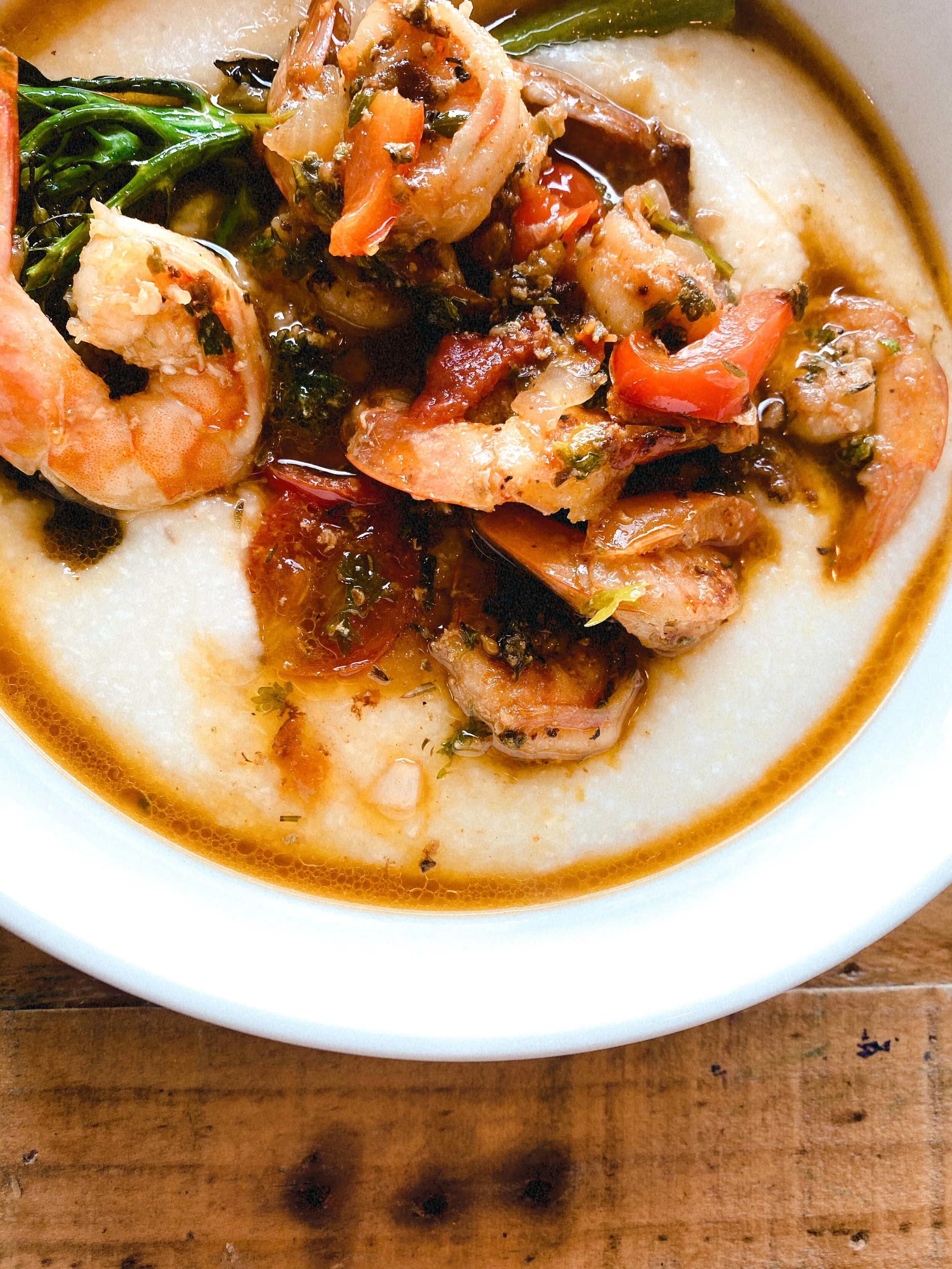I want to change your perspective of cooking – instead of it being deemed as a taxing, chaotic time in the kitchen, I want it to be viewed as a dedicated time for you to relax and a time for you to create your own ART experience in the kitchen. Particularly as we navigate the world’s new norm, I want to encourage a more positive experience in the kitchen through a new (ART Homestyle) lens.
In my blog, I will offer you some helpful tips in the kitchen. Particularly as we navigate our crazy, new schedules together, whether you are a stay-at-home mom/dad or working mom/dad, college student, or single-working professional/artist.
With a busy schedule, it’s been proven that it’s hard to find a good chunk of time. But I really feel that by using quick + easy recipes, it will change your perspective and it will allow you to quickly whip up something good even after a long day at work.
Prep may be need to incorporated and of course enjoying a glass of wine (my staple) while doing so will make the experience that much better!
So let’s cut to the chase, in terms of making this an ART, and not a science — I’ve noticed that new cooks aren’t always sure of the cooking “Rule of Thumb”. Whether there are questions about: cook time, how much seasoning do I use, or do I cover/ uncover this dish.















